Inspired by current political protestors, documentary filmmaker Glenn Silber restored and redistributed his 1976 film about Vietnam War protests at the University of Wisconsin.


Inspired by current political protestors, documentary filmmaker Glenn Silber restored and redistributed his 1976 film about Vietnam War protests at the University of Wisconsin.

Environmental activitsts protesting the mining of Hambach Forest have clashed with the mining company for years and now face removal.
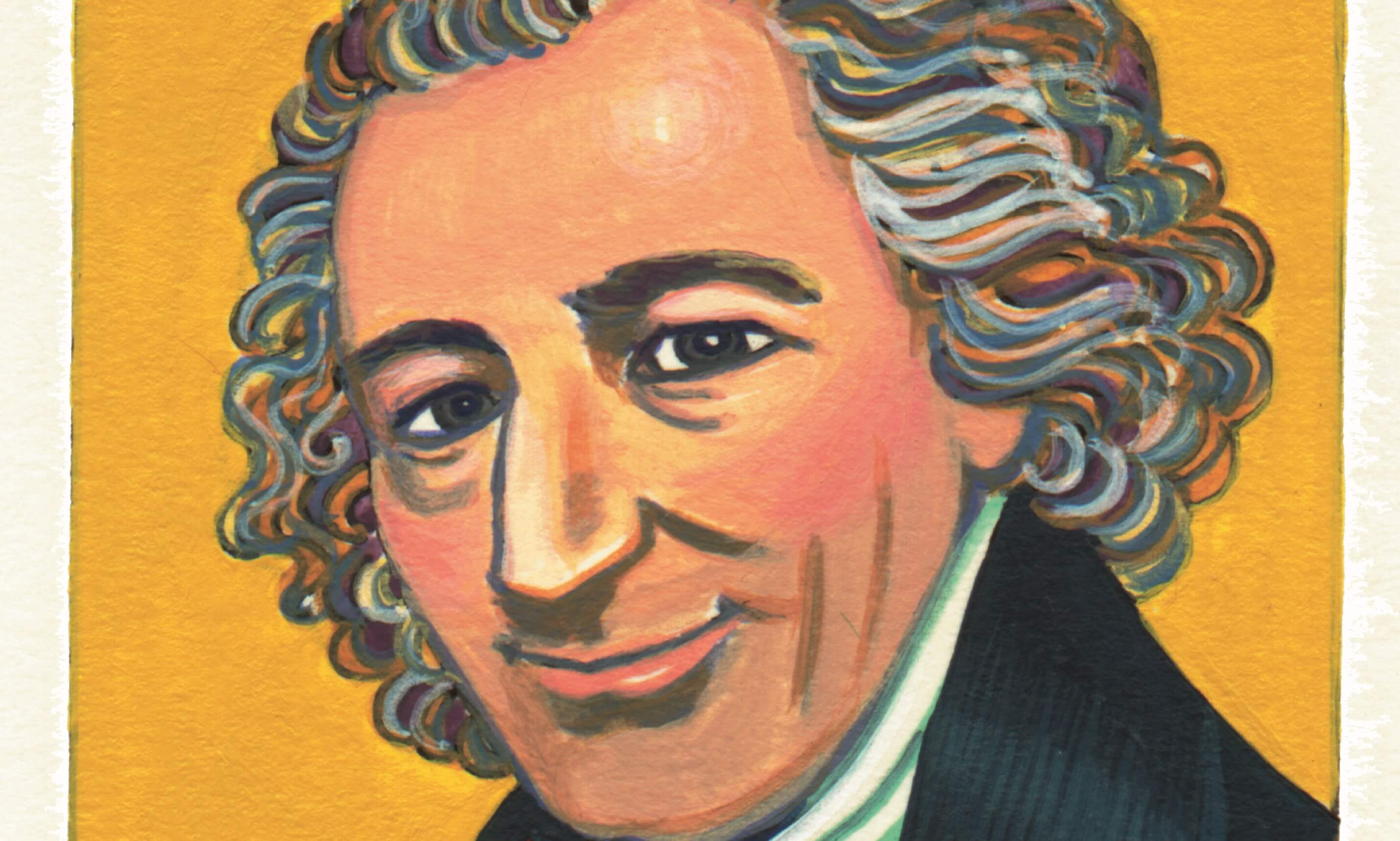
Learn about the life of Thomas Paine, whose writing in the 1770s argued for independence from Britain.
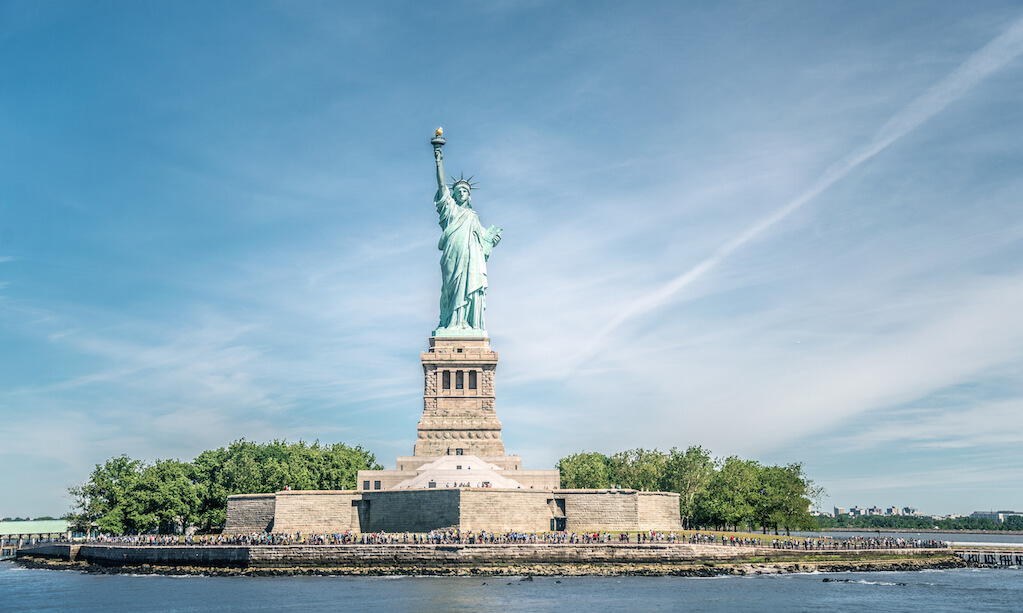
A symbol for American values and freedom, the Statue of Liberty has been used as a tool to promote the goals of protestors throughout history.
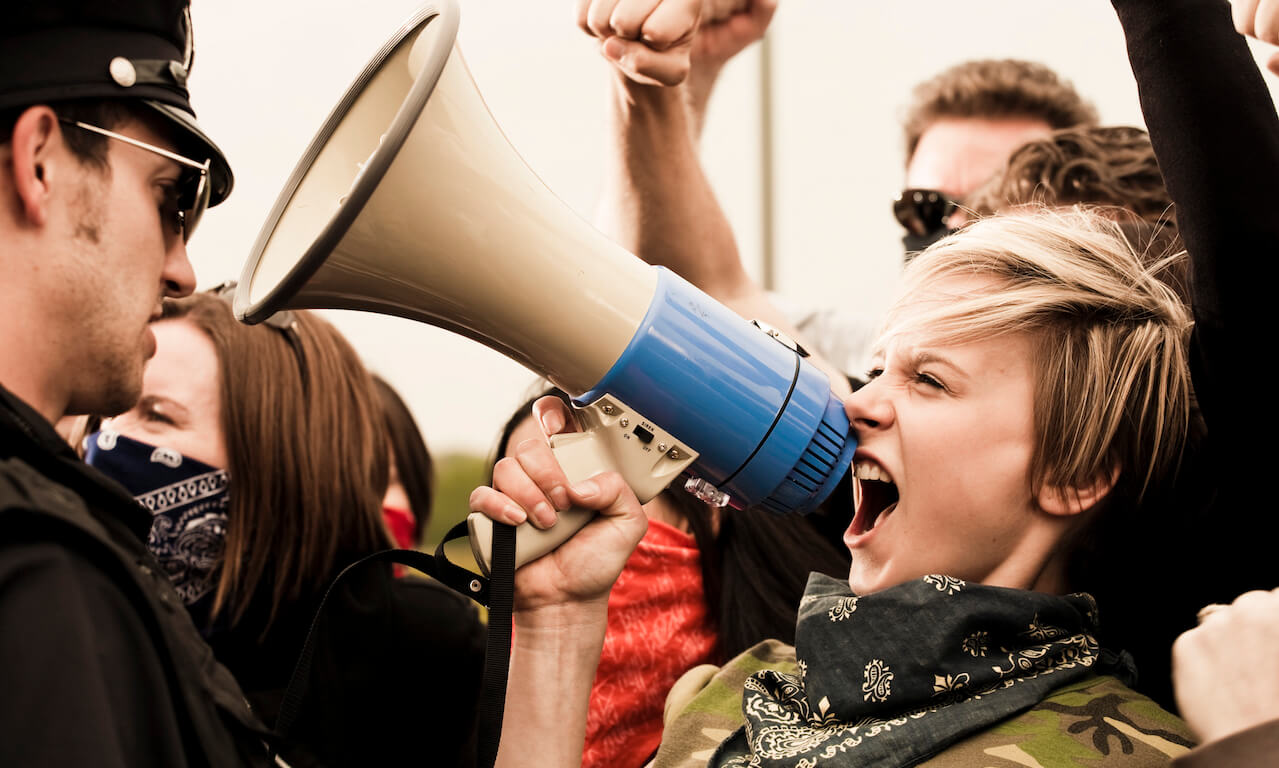
An NPR reporter talks to social science correspondent Shankar Vedantam about the difference between effectiveness and visibility in protest movements.

This article and accompanying presentation explore political scientist Erica Chenoweth’s research on how peaceful protest is often much more successful than violence for making changes.

After leading March for Our Lives protests across the country, student activists make plans for continued engagement on issues they care about.

Read about five poets who used poetry as a means of protest.
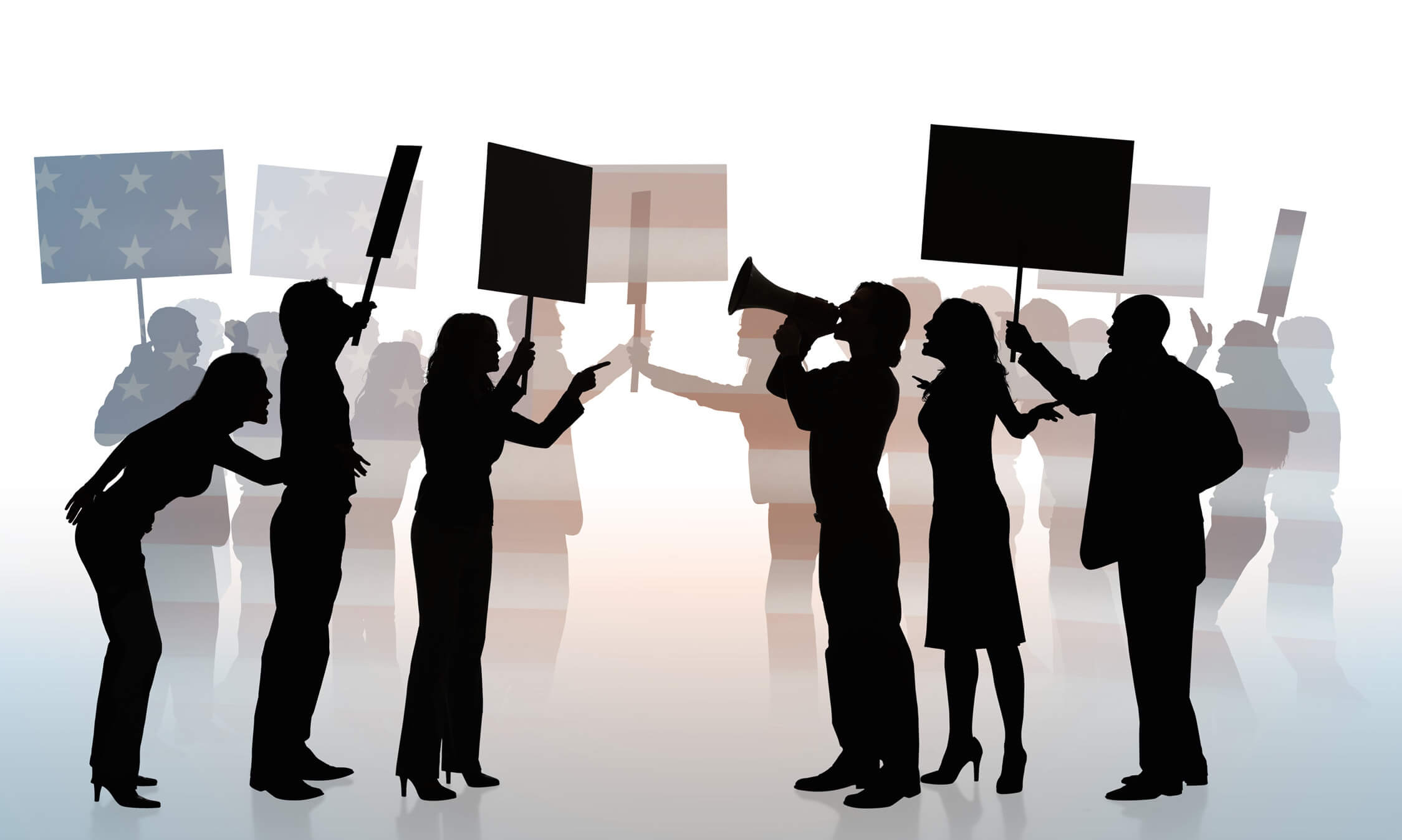
A study on the Tea Party’s 2009 “Tax Day” protest showed researchers that protests are effective, but not in the way one might think.

View this slideshow that describes 13 times fans protested sports leagues, owners, and umpires.
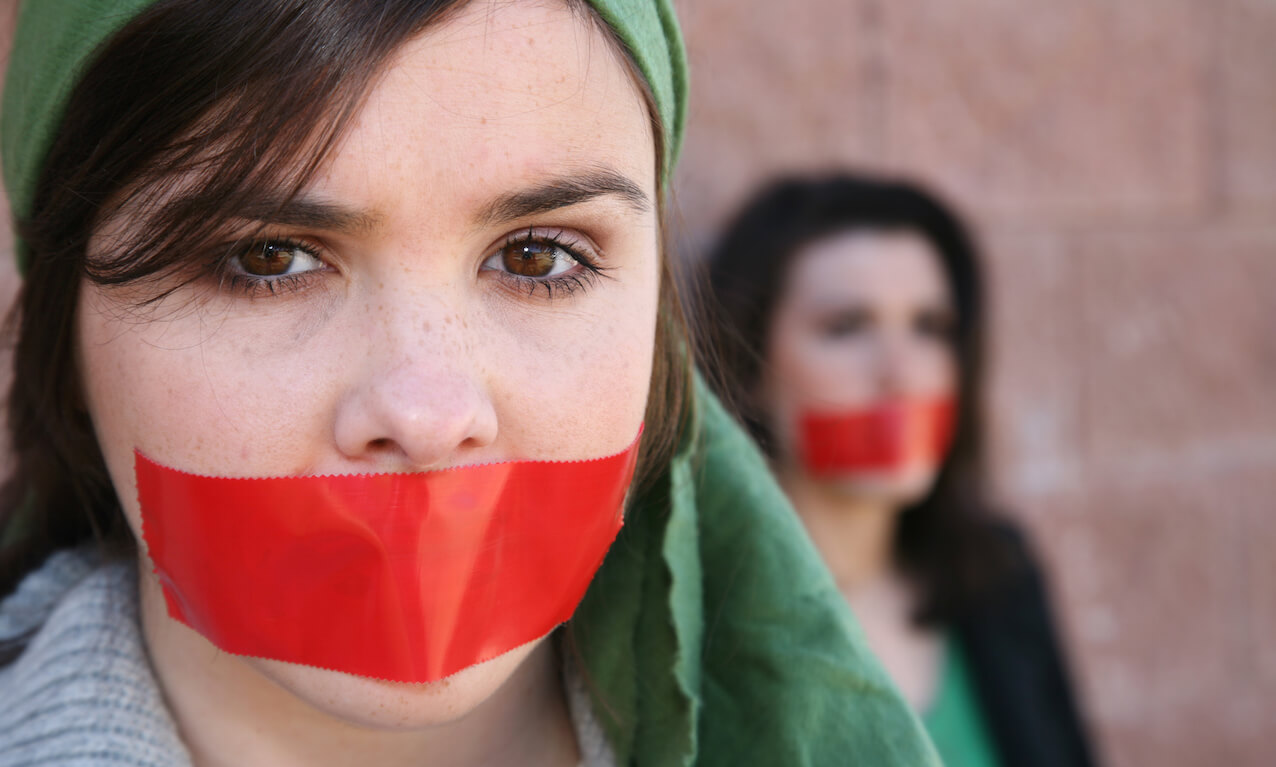
Writer Maisie Skidmore discusses the power of photography to record protest movements.

In this column, Moisés Naím argues that in order to effect change, a movement needs more than a large crowd inspired to gather by social media.
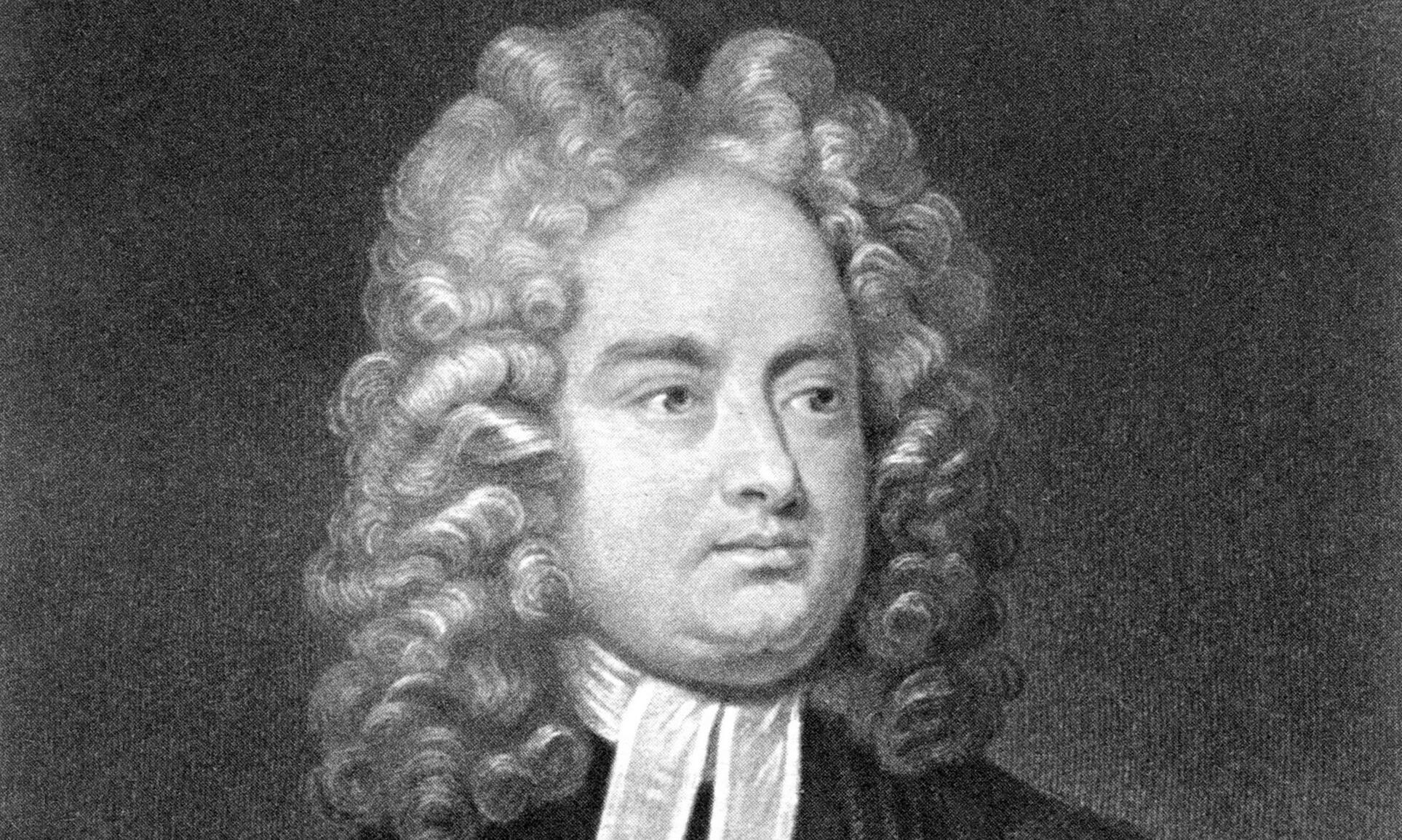
In the 1720s and 1730s, author Jonathan Swift used satire to protest social injustices, balancing facts with absurdity.
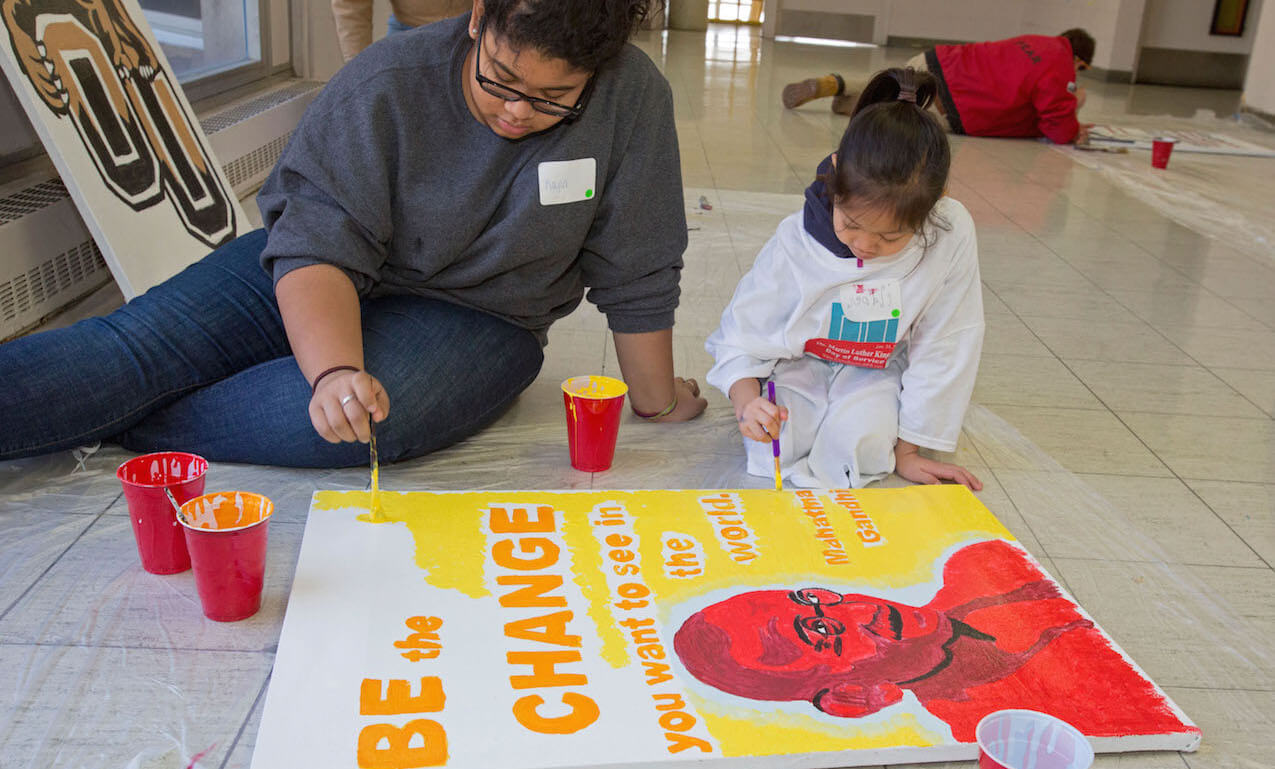
Read this article and watch the video to learn about the life of Mohandas Gandhi, whose method of peaceful resistance continues to inspire activists today.

Columbia University graduate student Nick Donias argues that protest movements must move beyond slogans and hashtags in order to affect long-term change.

Tech companies such as Facebook and Google are urging customers to oppose changes to net neutrality rules. Read more about the issue in this article.

Olympic track stars Tommie Smith and John Carlos were medalists in the 1968 Olympic Games. Read about their gesture of protest and its consequences.

This informational guide from the American Civil Liberties Union outlines what is legal and not legal while engaging in the constitutional right to protest.

Read the descriptions and listen to the clips of protest songs from American history.

In response to the growing number of large protests in recent years, state lawmakers have introduced bills to curtail protestors and the tactics they use.